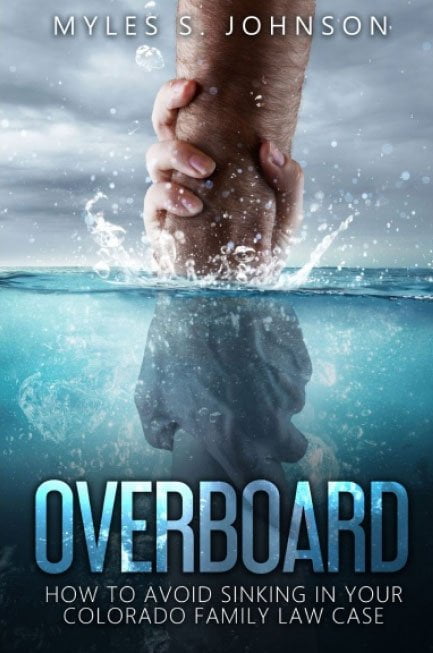
When a person feels that they are in danger because of potential harm from an abuser or harasser, their best option is to file a protection order against that individual or individuals. These help provide safety and prevent further harm. These orders can be temporary or permanent. Understanding how protective restraining orders work can help you file for one if you feel it is needed. It can also teach you how to avoid violating an order that may be filed against you.
At Johnson Law Group, LLC, our attorneys can help answer any questions you have about orders of protection or if you need help with any part of the process.
In any protective order, commonly referred to as restraining orders, there is a petitioner who is seeking protection from the respondent. These protections come in various forms.
Each of these protective orders seeks to protect petitioners from instances of stalking, sexual abuse, domestic violence, elder abuse, or other physical threats. While each case is unique, protection orders generally:
When people refer to protection orders in civil cases, they are referring to TROs, PROs, and EPOs. These are civil filings that will work through the court system the same way a financial claim would.
Criminal restraining orders, however, are not filed by the victim but by the court system in conjunction with criminal charges. This is often seen in cases of domestic violence. These types of restraining orders tend to last for the length of the criminal case.
Whether incidentally or purposefully, violating protective orders can come with severe penalties. Alleged violations can be reported by the victim or by someone else on behalf of the victim. Violations, however, come with criminal penalties.
A: To obtain a permanent restraining order, you must first obtain a temporary restraining order. This must prove to a court that there is imminent danger to you or a child in your custody. This order lasts for 14 days, at which time you can seek a permanent order. The difficulty depends on the evidence needed to persuade the court.
A: You can fight a protective order in court. A temporary order can be granted without trial. However, for an extension or permanent order, there must be a trial, at which point you may produce evidence in your favor. Additionally, if you are under the constraints of an order, you may request modification if you can prove that you have followed its guidelines and can show that there is no longer a threat.
A: In addition to a trial for permanence, you can file a motion with the court that challenges the order against you. However, "getting around" a protection is not only ill-advised but illegal. The only way to avoid the constraints of a protection order against you is to either put consistent time into following its guidelines or to challenge it in court.
A: A permanent protection order can last a minimum of two years or forever. The defendant on a PRO can challenge the order after two years if they have evidence to prove that the order is no longer necessary. If the order is issued by a criminal court, it will be valid for the duration of the criminal case.
If you or someone you love needs a personal protection order, or you have been served with one and you are seeking to challenge it, modify it, or defend against a violation, it is imperative that you seek representation as soon as possible. At Johnson Law Group, LLC, our attorneys bring experience and knowledge to your case. If you have questions and need answers, contact our offices.






